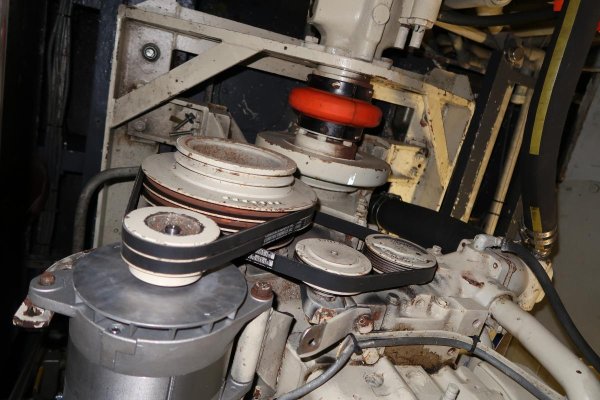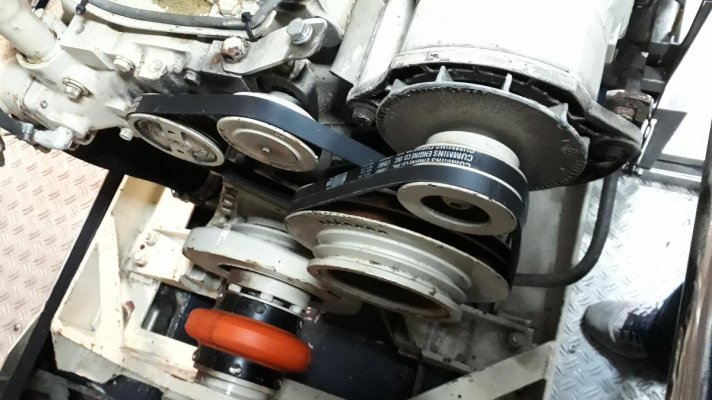Woolf
Load shedding need not be automatic. Breaker or, switch flipping manually is common for all vessels big and small. For non genset time prioritize the must haves such as primary battery charging, instruments, lights, ER fans, induction cook top (Vs standard high draw stove top), RO, hydronic heating etc.
Run the gensets for heavier loads like washer dryer, all kitchen stuff, secondary charging, AC etc.
I spend time on a large vessel (100'+) and the crew is very cognizant of manual load management to minimize time on second genset. Until you have a bullet proof drive setup it would seem that minimizing load on your cruise gen to improve reliability is a worthy goal. As an aside, what type of house batteries do you have?
Good luck, it seems you have things very well thought out. Thanks for asking us neophytes for ideas.
Thank you for your comments, I have worked that load-shedding game before 24/7 on our sail boat. Looks like we’ll be in for it again, to a certain extent, now on the power boat [FONT="]��[/FONT].
We have taken all possible mechanical options out of that DC power equation, like hot-fill on washer and dishwasher, heat-pump dryer, induction cooking, hot water and hydronic heating. Nominal DC, we have 600A available under way, vs. 300A charge on shore power. In theory, theory corresponds to reality – in reality, often no so much.
The refitted system works nicely so far, and optimizing the drive set-up for the alternator is just that, optimizing. The 855s are terrific low-rev commercial duty engines, no electronics, no turbos, just not very common here in Europe. We’ll work that PTO detail out, I’m confident, and the combined wisdom of the forum is a great help.
We used to have deep-cycle 2V telecom cells on board, but have now installed Firefly batteries for the first time. The tech specs were convincing, and we could import directly from the factory in India at a price point below the 2V alternative. I understand lithium, but as we have no weight restrictions, and space was available, the bang-for-the buck equation was clear for us. We’ll see how that works out over time.


